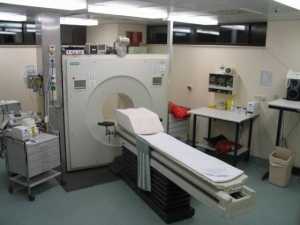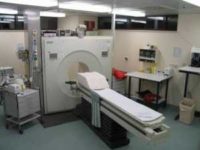
20 Sep Using Tau PET Scan to Distinguish Alzheimer Disease from Other Neurodegenerative Disorders
MedicalResearch.com Interview with:
 Rik Ossenkoppele –PhD
Rik Ossenkoppele –PhD
Lund University & VU University Medical Center
Oskar Hansson – Lund University
MedicalResearch.com: What is the background for this study? What are the main findings?
Response: [18F]flortaucipir is a relatively novel PET tracer that can be used to detect tau pathology in the living human brain. Previous studies have shown a robust signal in patients with Alzheimer’s disease, but in patients with other types of dementia the signal was more variable.
We aimed to assess the ability of [18F]flortaucipir PET to distinguish Alzheimer’s disease from other neurodegenerative disease in more than 700 study participants. T
he main finding was that [18F]flortaucipir discriminated Alzheimer’s disease patients from patients with other neurodegenerative diseases with high accuracy. Furthermore, [18F]flortaucipir PET outperformed established MRI markers and showed higher specificity than amyloid-β PET.
MedicalResearch.com: What should readers take away from your report?
Response: We think that Tau PET imaging will improve the diagnostic work-up at many memory clinics in the near future and might replace some less accurate assessments that are routinely used in current clinical practice.
MedicalResearch.com: What recommendations do you have for future research as a result of this work?
Response: We showed diagnostic accuracy at the dementia stage of Alzheimer’s disease, but this dropped at the pre-dementia stages of Alzheimer’s disease. Future studies could focus on improving the sensitivity of [18F]flortaucipir PET in early stages of AD. Furthermore, we recruited patients from specialized memory clinics and the patients were relatively young. Our findings need to be replicated in clinically more representative populations.
MedicalResearch.com: Is there anything else you would like to add?
Response: Tau PET tracers are currently solely used in investigational settings. The present study in conjunction with post-mortem studies verifying in vivo tau PET signal (see e.g. https://www.prnewswire.com/news-releases/lilly-announces-positive-phase-3-results-in-study-of-flortaucipir-pet-imaging-agent-300707314.html) may facilitate the approval of tau PET tracers for clinical purposes in the next few years.
Our disclosures are listed in the paper.
Citation:
[wysija_form id=”3″]
[last-modified]
The information on MedicalResearch.com is provided for educational purposes only, and is in no way intended to diagnose, cure, or treat any medical or other condition. Always seek the advice of your physician or other qualified health and ask your doctor any questions you may have regarding a medical condition. In addition to all other limitations and disclaimers in this agreement, service provider and its third party providers disclaim any liability or loss in connection with the content provided on this website.
Last Updated on September 20, 2018 by Marie Benz MD FAAD
